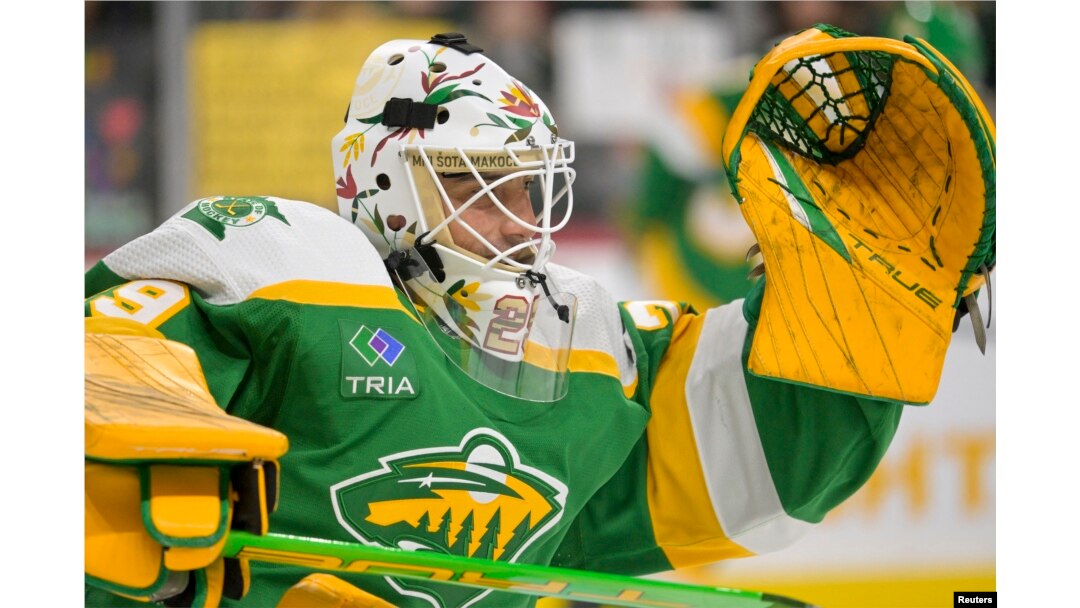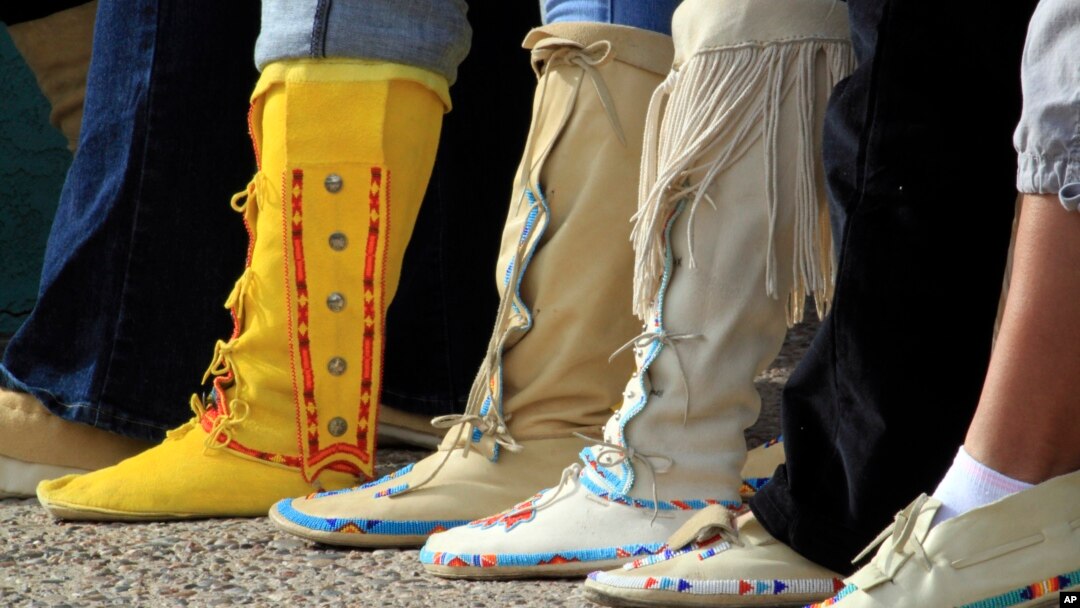Calculating the wage gap for Native American and Native Hawaiian women
The last day of Native American Heritage Month in the United States was also Native Women’s Equal Pay Day, set aside to highlight that Native American and Alaska Native (NA/AN) women working full time, year-round, earn only about 55 cents for every dollar paid to non-Hispanic white men. Those who work part-time or part-year earn an average of 59 cents on the dollar.
These numbers vary by region. The National Partnership for Women and Families (NPWF) reports that on average, a Yup’ik woman in Alaska earns only 42 cents on the dollar. Considering that nearly two-thirds of Indigenous women are the sole breadwinners in their households and that more than four out of five Indigenous women experience violence, stalking or sexual assault in their lifetimes, these numbers are particularly alarming.
NPWF calculates that if these wage gaps were to close for a single year, the average Native woman could save enough money to buy another 32 months of food for her family, pay 19 more months in rent, and pay nearly three years of public university tuition and fees.
Read more:

Minnesota Wild goalie Marc-Andre Fleury wears his Native American Heritage mask in warmups in Saint Paul, Minnesota, on Nov. 24, 2023. (Nick Wosika/USA TODAY Sports)
Controversial hockey helmet fetches high bid at auction
On the National Hockey League’s Native American Heritage Day last Friday, Minnesota Wild hockey goalie Marc-Andre Fleury took to the ice in warmups wearing a mask he commissioned to honor his wife, who is said to be of Indigenous Canadian heritage.
He wore the mask despite threats of an NHL fine. Last summer, the NHL banned so-called “pride jerseys” that visibly recognize LGBTQ+ communities.
Fleury’s mask was designed by Mdewakanton Dakota artist Cole Redhorse Taylor, a member of the Prairie Island Indian Community or PIIC in Minnesota and a descendant of Chief Little Crow.
Mdewakanton Dakota artist Cole Redhorse Taylor, a member of the Prairie Island Indian Community in Minnesota, poses with a controversial helmet he designed for Minnesota Wild hockey goalie Marc-Andre Fleury.
The helmet includes images of plants and flowers indigenous to Minnesota, the names of Fleury’s children, a quote from his father and the Dakota phrase Mni Sota Makoce, “land where the waters reflect the clouds,” from which the state took its name.
The team put the mask up for auction in support of the Minnesota Wild Foundation and the American Indian Family Center in the city of St. Paul. It sold for a whopping $75,100.
Read more:
Illustration of an Upmqua winter plank house in Frank Leslie's illustrated newspaper, no. 125 (1858 April 25).
Call-in show highlights traditional Indigenous winter homebuilding
This week’s Native America Calling featured a discussion about traditional Indigenous winter housing, built from local resources including wood, snow, mud and straw.
The daily live call-in program available on U.S. and Canadian public radio stations and online included Jesse Jackson, an educator from the Cow Creek Band of Umpqua Indians in Oregon, explaining to host Shawn Spruce (Laguna Pueblo) that because of its proximity to the Pacific Ocean, Oregon winters were wet, and people needed homes which would not only keep them warm but also dry. The answer was to use rot-resistant cedar planks on sites with good drainage.
Solomon Awa (Inupiat) is the Mayor of Iqaluit, the only city in the Canadian territory of Nunavut. He described the challenges of building igloos, domed houses built from blocks of packed snow.
While few Arctic peoples live in igloos anymore, some still construct them while out on hunting trips or when snowmobiles break down and leave them stranded.
“You don't have a blueprint, but make it for the size of your people,” Awa said. “There was the big one that we did not long ago…[it] was about 50 feet diameter probably, almost two-story high.”
To hear more guests talk about their winter building traditions, listen to the full broadcast here: https://www.nativeamericacalling.com/tuesday-november-28-2023-igloos-and-traditional-winter-homes/
The video (below), produced in 2012 by the Pitquhirnikkut Ilihautiniq/Kitikmeot Heritage Society in Nunavut, Canada, shows a group of Inuinnait from the Central Canadian Arctic building an igloo.



